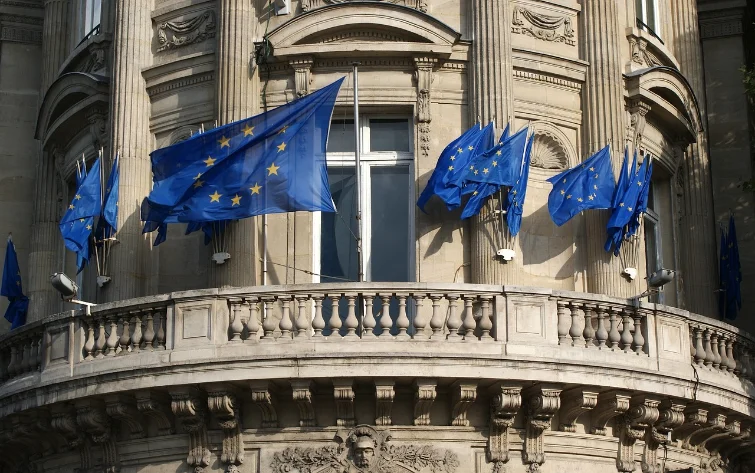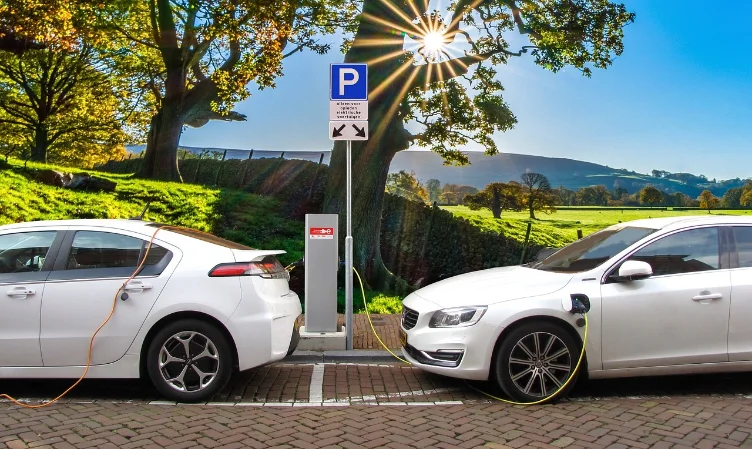In November, Eurozone inflation fell more than anticipated for the third consecutive month, putting the European Central Bank’s claim that price growth is resilient to the test. This has sparked speculation about potential rate cuts in the early spring, going against the bank’s clear guidance.
While inflation has rapidly approached the ECB’s 2% target, coming down from over 10% a year ago, policymakers are urging caution against being overly optimistic. They emphasize that the final stretch of reducing inflation might be more challenging, potentially taking twice as long to drop below 3%.
Recent concrete evidence indicating a more rapid decline in inflation than initially predicted seems to be questioning that perspective. Nevertheless, there is still a likelihood of a rebound in the upcoming months, especially as the impact of elevated energy prices from a year ago is eliminated, and certain tax cuts are reversed.
In November, the growth in consumer prices for the 20 nations using the euro currency decreased to 2.4% from October’s 2.9%, falling well below the anticipated 2.7%. This dip was influenced by a decrease in almost all items, with the noteworthy exception of unprocessed food prices.
Even the underlying factors influencing prices eased more quickly than anticipated. Inflation, excluding food and energy—closely monitored by the ECB—dropped to 3.6% from 4.2%, mainly due to a significant decrease in service prices.
This swift slowdown in inflation sets the euro zone central bank and investors on a collision course, as they seem to envision markedly different paths ahead, both for consumer prices and ECB interest rates.
“With a third month of an unequivocally positive inflation report, and prices actually decreasing from the previous month, it’s starting to seem like we’ll soon be discussing inflation being too low rather than too high,” remarked Kamil Kovar, a senior economist at Moody’s Analytics.
“If the current patterns of inflation and growth persist, 2024 could be the year when the ECB makes a significant shift in its monetary policy.”
The ECB contends that the underlying factors influencing the economy are more resistant than they seem. They predict that inflation will surpass 3% next year, only reaching the 2% target by late 2025, largely influenced by rapid nominal wage growth.
Maintaining its deposit rate at a historically high 4% for an extended period seems inevitable for the bank. Even Yannis Stournaras, the more lenient head of the Greek central bank, doesn’t foresee a cut before mid-2024.
Recent data, released on Thursday, indicates that despite economic shrinkage, unemployment remains at a record-low 6.5%. This supports the argument that the euro zone’s job market is exceptionally tight.
While Bank of Italy Governor Fabio Panetta didn’t explicitly challenge the ECB’s guidance on Thursday, he did caution against the risks of keeping interest rates elevated for too long.
“The duration of this phase will depend on developments in macroeconomic variables; it could be brief if the continued weakness in economic activity speeds up the decline in inflation,” noted Panetta, a former ECB board member. “We need to avoid unnecessary damage to economic activity.”
Investors are increasingly disregarding ECB President Christine Lagarde’s clear guidance of stable interest rates for several quarters. They are factoring in a total of 115 basis points in cuts for the next year, with the first cut fully expected by April.
One significant reason for this difference in outlook is the ECB’s own projections, which have proven unreliable in recent years. The central bank has had to backtrack on its guidance multiple times after initially resisting market expectations.
Economists suggest that growth is not meeting the ECB’s expectations, the job market is weakening, and there’s a noticeable decline in credit demand, all indicating a swift move toward disinflation.
“Moreover, there’s still a significant impact of tightening to be felt as interest payments continue to rise,” noted ING economist Bert Colijn. “The market is therefore justified in considering rate cuts for 2024. We believe the first one could well happen before the summer.”
Some economists argue that accurately modeling current inflation is exceptionally challenging because corporate profits, not wages, are the primary driver, deviating from the usual patterns of rapid inflation.





